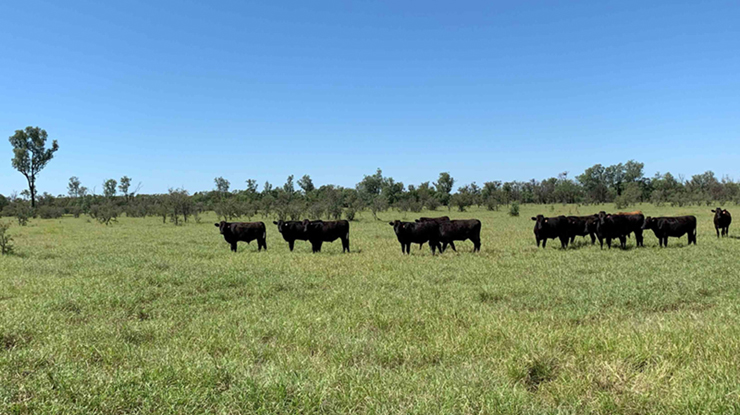to dump more than 1.3 million tonnes of contaminated water directly into the Pacific Ocean is a stark reminder of the dangers of nuclear power, the Australian Conservation Foundation said today.
The wastewater has accumulated since the Fukushima nuclear power plant went into meltdown following an earthquake and tsunami in 2011.
“The massive and continuing human, environmental and economic costs of the Fukushima nuclear meltdown provide a stark warning to Australia to stay well away from nuclear energy,” said ACF campaigner Dave Sweeney.
“Nuclear is a high-cost, high risk distraction from effective climate action.
“When it operates as planned it makes long-lived high-level waste, when it fails like Fukushima it contaminates vast areas of land and sea.
“The decision to dump this radioactive water in the ocean is deeply unpopular in coastal and fishing-dependent communities in Japan, Korea, China and .
“The effect it will have on fish and other marine life, reefs and humans remains unknown.
“There is a direct Australian connection to this contamination, as Australian uranium was fuelling the Fukushima complex at the time of the disaster.”
In October 2011 the head of the Australian Safeguards and Nuclear Safety Office told a Senate Committee “…we can confirm that Australian obligated nuclear material [uranium] was at the Fukushima Daiichi site and in each of the reactors.”
The question about what to do with this radioactive water is just one aspect of the ongoing Fukushima disaster. The job of removing highly dangerous nuclear fuel from the three melted down reactors is yet to be tackled.
More than AU$120bn has already been spent stabilising the stricken Fukushima reactor site.
“Pro-nuclear rhetoric from politicians and industry promoters is in stark contrast to the reality of the costs, consequences and contamination of nuclear power,” Dave Sweeney said.
“For the safety of our population and our environment, Australia should continue to steer clear of the nuclear option.”







